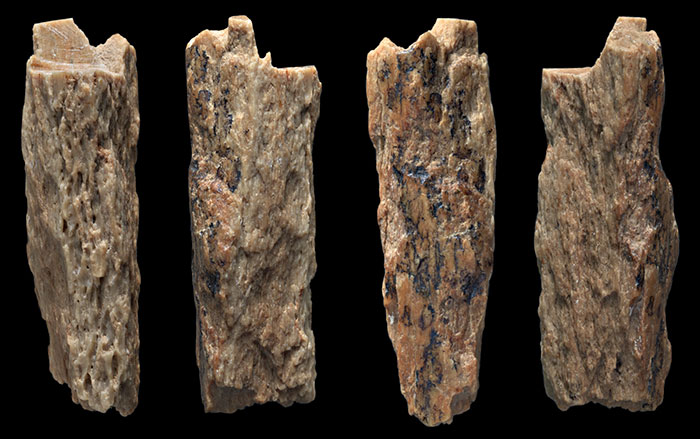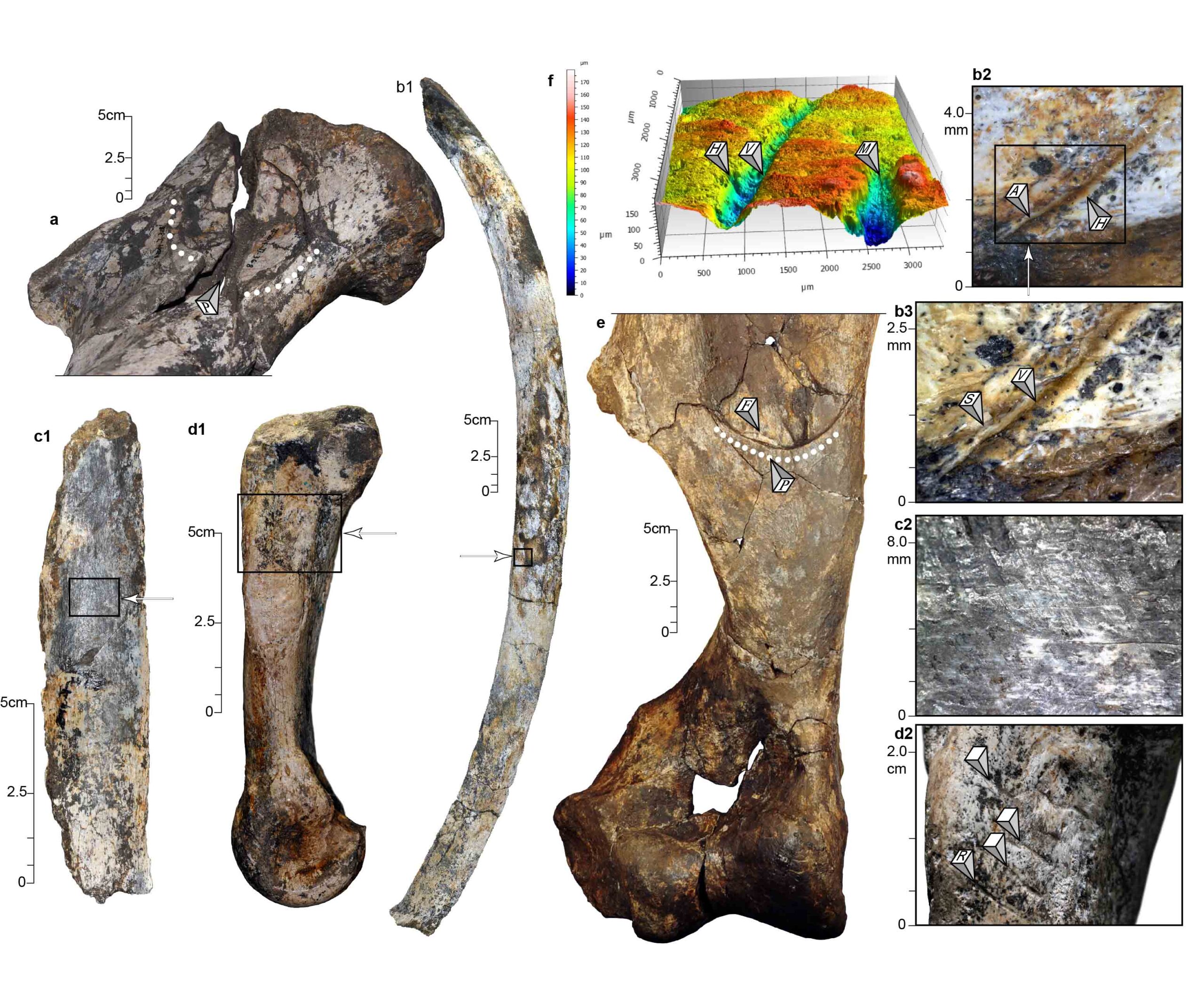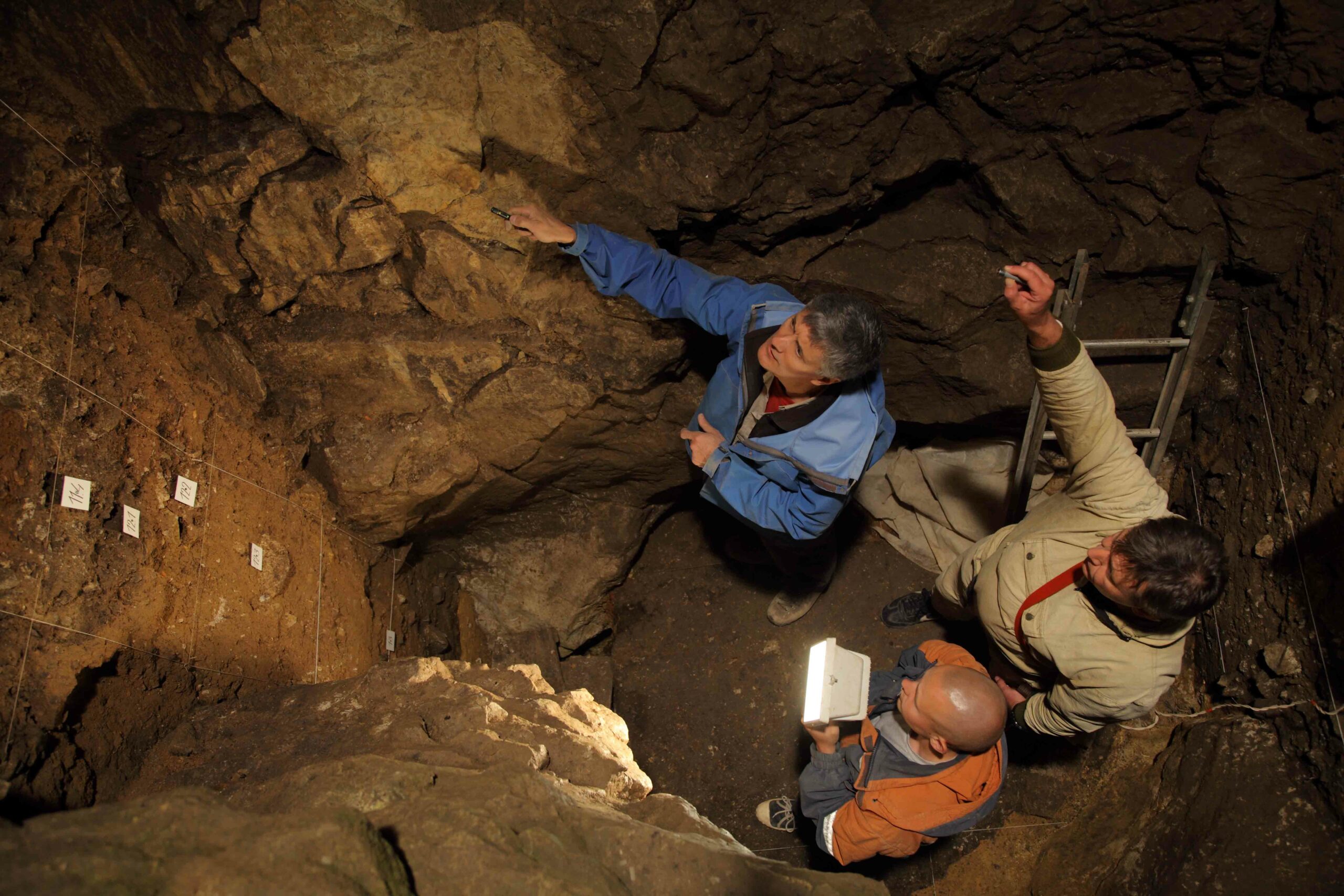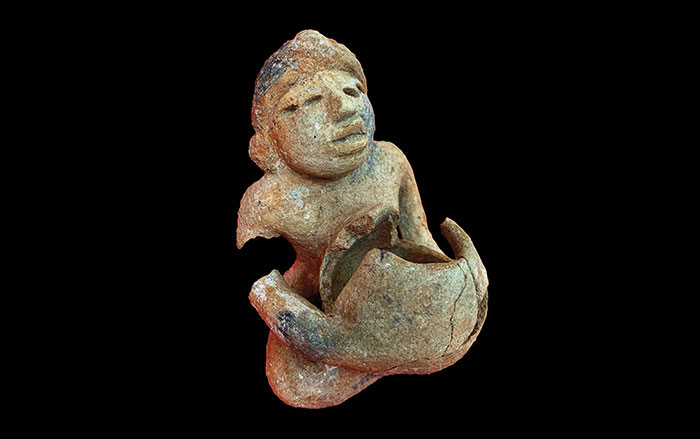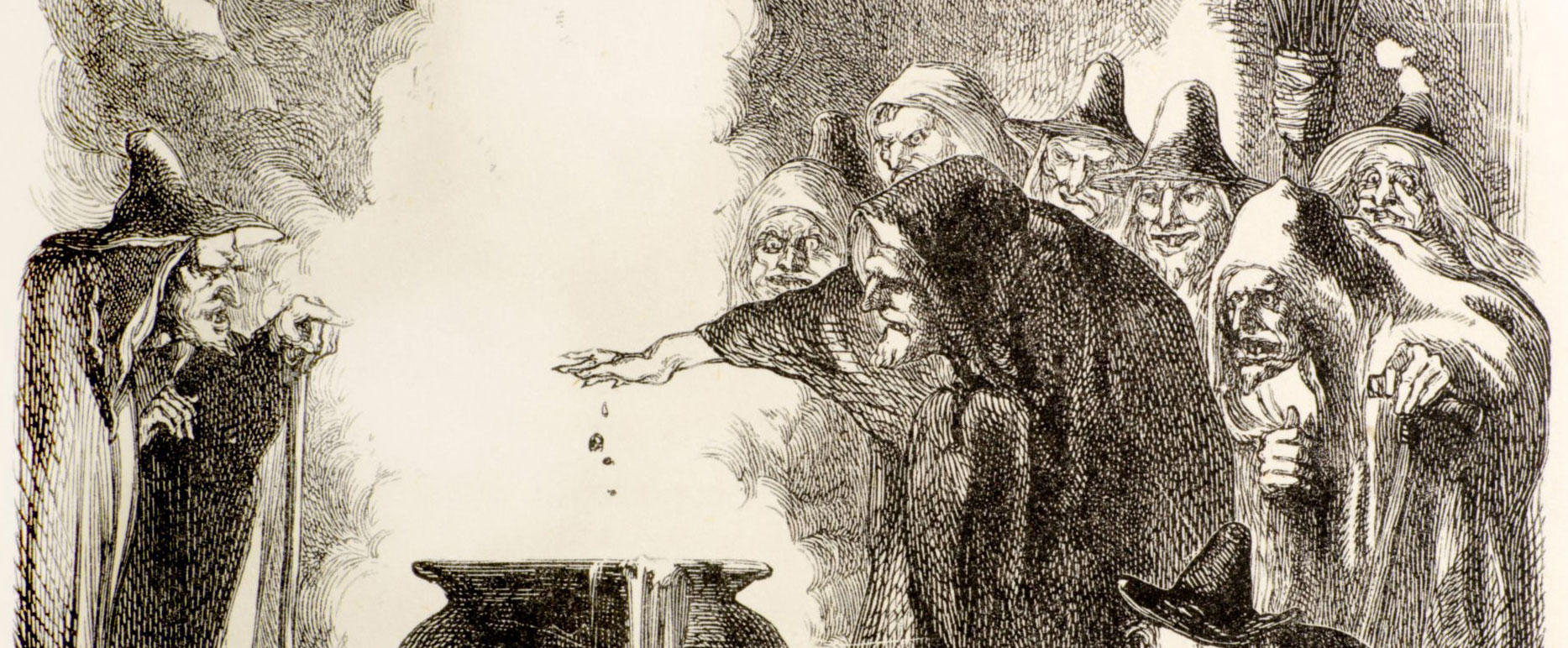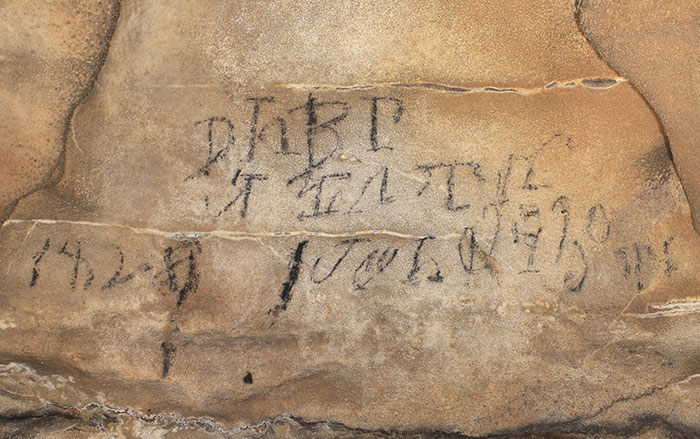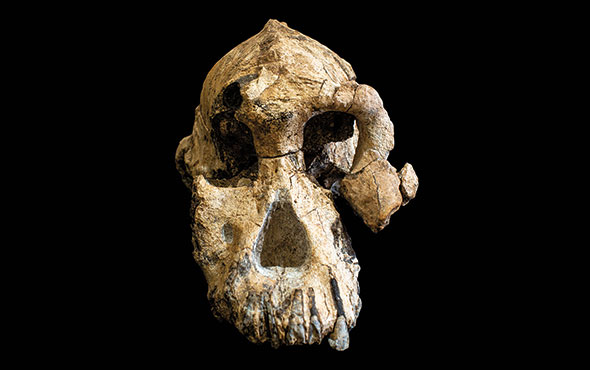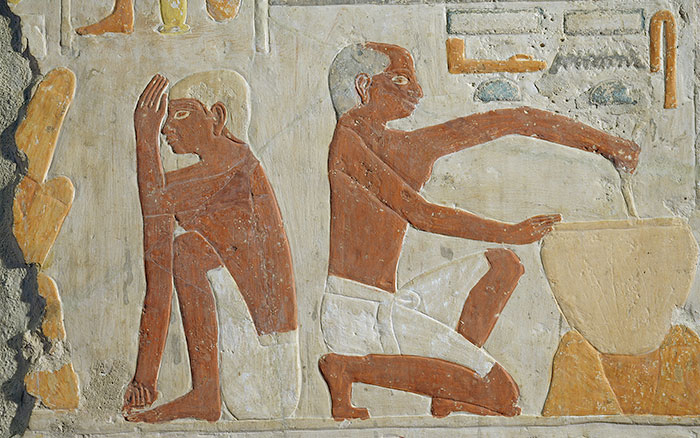
BURGOS, SPAIN—According to a statement released by the Centro Nacional de Investigación sobre la Evolución Humana (CENIEH), a new comparative study of the teeth of modern Asians and prehistoric Denisovans conducted by paleoanthropologist María Martinón-Torres of CENIEH, Richard Scott of the University of Reno, and Joel Irish from the University of Liverpool refutes a previous claim that Asian populations may have inherited rare, three-rooted molars from extinct human relatives. Earlier this year, a second lower molar with three roots was identified in a Denisovan mandible discovered on the Tibetan Plateau. Shara Bailey of New York University and her colleagues suggested that that unusual tooth may be evidence of a link between Denisovans and modern Asian populations, where as many as 40 percent of people have three-rooted molars, compared to just 3.5 percent of non-Asians. The new CENIEH-led study points out that it is the first molar, and not the second, where a three-rooted tooth is more likely to be found in today’s Asian populations. Martinón-Torres and her colleagues also note that the third root found in the first molars of modern Asian populations has a different size, shape, and position than the Denisovan third root in the second molar. The scientists thus conclude that the genetic variation that produced the three-rooted molar in Denisovans is probably different from the one that causes three-rooted molars in modern populations. For more on the recently identified Denisovan mandible, go to "Denisovans at Altitude," one of ARCHAEOLOGY's Top 10 Discoveries of 2019.


